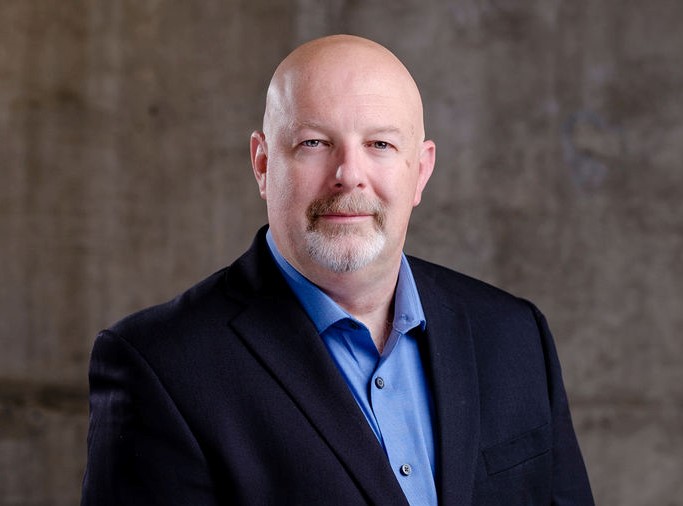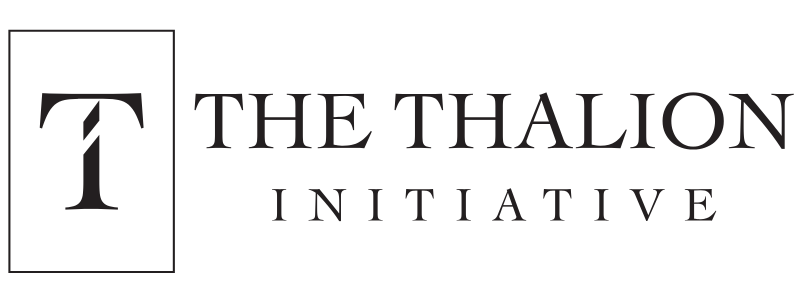Medical philanthropy thrives on stories about new cures and therapies and lives dramatically changed by medical advances. A new not-for-profit research organization, The Thalion Initiative, has dedicated itself to the audacious goal of uncovering the secrets of aging itself. While important incremental advances in the science of aging may not as easily lend themselves to the same types of success narratives, Thalion’s ultimate goal—a healthier lifespan free from many of the opportunistic diseases and conditions that manifest themselves later in life—would alter everything we now accept about getting older.
With offices in Ottawa and Boston, The Thalion Initiative takes its name from the literary works of J.R.R. Tolkien. In the language of Sindarin, “thalion” describes a person who is dauntless and steadfast—someone who stands firm when others falter.
“That’s exactly the quality we wanted to embody,” says Todd White, managing director of the Thalion Initiative. “Tackling aging biology isn’t a three-year sprint. It’s a decades-long effort that requires durability and resolve. The Initiative isn’t about flashy headlines or quick wins. It’s about building the long-term infrastructure—shared datasets, open tools, global coordination—that allows the entire field to progress.”
One of the challenges involved in geroscience, research into the biology of aging, is the notion that it’s simply tied to the progression of our birthdays. It’s much more than that. White explains that aging is a shift in the body’s operating system.
“When we’re young, our cells have strong repair programs and stress responses,” he says. “Over time, those systems weaken. That’s when cancers take hold more easily, when neurons become vulnerable, when cardiovascular systems stiffen. A disease such as cancer can strike early, but the reason it becomes exponentially more common with age is that the biology itself has drifted. While diseases look discrete—Alzheimer’s here, heart disease there—they all take advantage of age-related vulnerability.”
White says that aging is the strongest risk factor for nearly every chronic disease, with roughly 70 per cent of all fatal diseases traced to 12 fundamental dysfunctions related to aging. Geroscience says that this trajectory isn’t inevitable. If you can slow the biological drift, you can lower the risk across the board.
While it’s easy to think of the battle against aging in terms of lifespan, White speaks in terms of “healthspan,” not only improving how people feel in their sixties and seventies, but actually lowering their probability of dying in those decades. Addressing any of the interconnected processes that drive aging has the potential to turn back the clock on the onset of disease, disability and death itself.

White says that The Thalion Initiative could have been structured as an impact investing vehicle but strategically chose the form of a philanthropic initiative.
“The biology of aging is still upstream, still pre-commercial,” he says. “If you treat it like a venture play too early, you distort incentives. You end up with companies chasing incremental drug programs, trying to force a commercial return within a few years, often without success, instead of tackling the fundamental biology that unlocks decades of healthier life.”
Philanthropy gives us the freedom to do the ‘public good’ work—building biobanks, standardizing assays, releasing open datasets—that no single company could justify to its shareholders.
Todd White
White likens Thalion’s work to that of the European Organization for Nuclear Research (CERN) or the Human Genome Project, which leverage large, collective investments to raise the floor for an entire field of study. That’s not surprising. An engineer by profession, White wants to bring strict discipline to the field. Under his direction, Thalion borrows from lessons learned during the Manhattan Project, which ushered in the nuclear age in a matter of three years during World War II.
“It’s easy to focus on the full force brought to the Manhattan Project by the U.S. government,” he says. “What’s often overlooked is that the operation was run with military precision and an unrelenting focus on project management. While funding is critical, there’s much more discipline involved in success than simply throwing money at a project. We need to go back to first principles and make sure that everything we think we know we actually do know and that we can verify.”
White argues that biotech plays generally result in low success rates because many of the research programs amount to educated guesswork, where clinical trials fail to justify the billions of dollars invested. That’s why Thalion is focusing on getting the basic data-driven research right before moving on to next steps.
While pure philanthropy will be necessary to prime the ecosystem that drives Thalion’s early research and advances the field of study, White also foresees future opportunities for the involvement of impact capital. This might include co-investment opportunities that present themselves once the basic science matures. such as co-investment into medical treatments, or spinoff start-ups for platform tools. One possibility is the development and sale of super resolution microscopes that can “see” living cellular structures down to two nanometres without destroying the tissues. The best of them are currently limited to viewing down to about 50 nanometres.
“Philanthropists would fund the precompetitive infrastructure, and impact investors could layer in capital once clear commercial pathways appear,” White says. “We’re already in conversations with family offices about setting up sidecar vehicles for exactly that purpose.”
White’s pitch to donors relies less on “miracle” narratives and more on compelling data — statistical breakthroughs will necessarily precede personal testimonials. But aging itself is a personal story. Potential donors who are older might see the personal benefit of an expanding healthspan, but next-gen family members also appear keenly interested in Thalion’s work.
Statistics Canada reports that in 2023, Canadians 65 years of age and older made up 18.9 per cent of the population. By 2030, that number could rise more than 23 per cent.
“The costs of an aging society—caregiving, healthcare spending, dependency ratios—fall heavily on younger generations,” White says. “By slowing aging, you’re not just giving your parents a better old age, you’re buying yourself and your children more freedom and less burden. The younger generation sees this scientific quest as a grand challenge.”
As The Thalion Initiative conducts the necessary research to elevate the field of geroscience, White contemplates that successes will become more tangible. He likens it to investing in clean water or climate mitigation, where initial effects may be more difficult to quantify, but where future payoffs will be profound.
“It will show up in more people remaining free of disease and in fewer hospitalizations,” he says. “A breakthrough might be a clinical trial showing that the biomarkers of aging move in the right direction. Ultimately, it’s about the father who can still play with his grandchildren at 80, the grandmother who is free of medications, and the family that isn’t consumed by caregiving. It’s a shift in what ‘normal aging’ looks like for entire populations.”
He adds, “That’s how you know your philanthropy is working.”
Disclaimer: This story was created by Canadian Family Offices’ commercial content division on behalf of The Thalion Initiative, a member and content provider of this publication.

